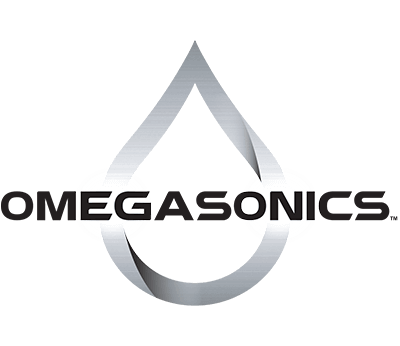In the world of ultrasonic cleaning, the word used most often is “cavitation”. Generally speaking, most people simply know this to be, “the bubbles in an ultrasonic tank that clean the contaminants off a dirty industrial part”.
Well how are cavitation bubbles formed? A transducer produces sound waves that multiply liquid. The liquid is subjected to negative and positive pressure points and form shock waves. One of the results of these shock waves are implosions, which are used to assist ultrasonic cleaning.
Testing Cavitation
There are two simple ways to properly test your Omegasonics machine to make sure it is cavitating properly. These tests are also unique and interesting ways to show clients or friends what ultrasonic cleaning really does!
1. Glass Slide Test – Take the frosted side of a glass slide and wet it with water. Draw an X with a pencil from one corner to another. Now, gently place the glass into a fresh batch of cleaning solution and turn your Omegasonics machine on. If your machine is cavitating properly, the “X” will disappear immediately and everything will be gone in 10 seconds.
2) The Foil Test – Take a sheet sized piece of regular aluminum foil (not heavy duty or freezer duty) and.place the foil in a vertical position into the ultrasonic tank. Hold it steady for 60 seconds, remove the foil and gently shake off any water droplets. The foil surfaces will have holes shot throughout the sheet and will be evenly covered with a tiny pebbling effect (cavitation bubbles imploding on the foil’s surface). It’s a cool way to show how sound waves can clean so well. You will notice a foil test with an Omegasonic machine has a nice density of pinholes (cavitation) with a very uniform and even distribution of ultrasonic cleaning power.
